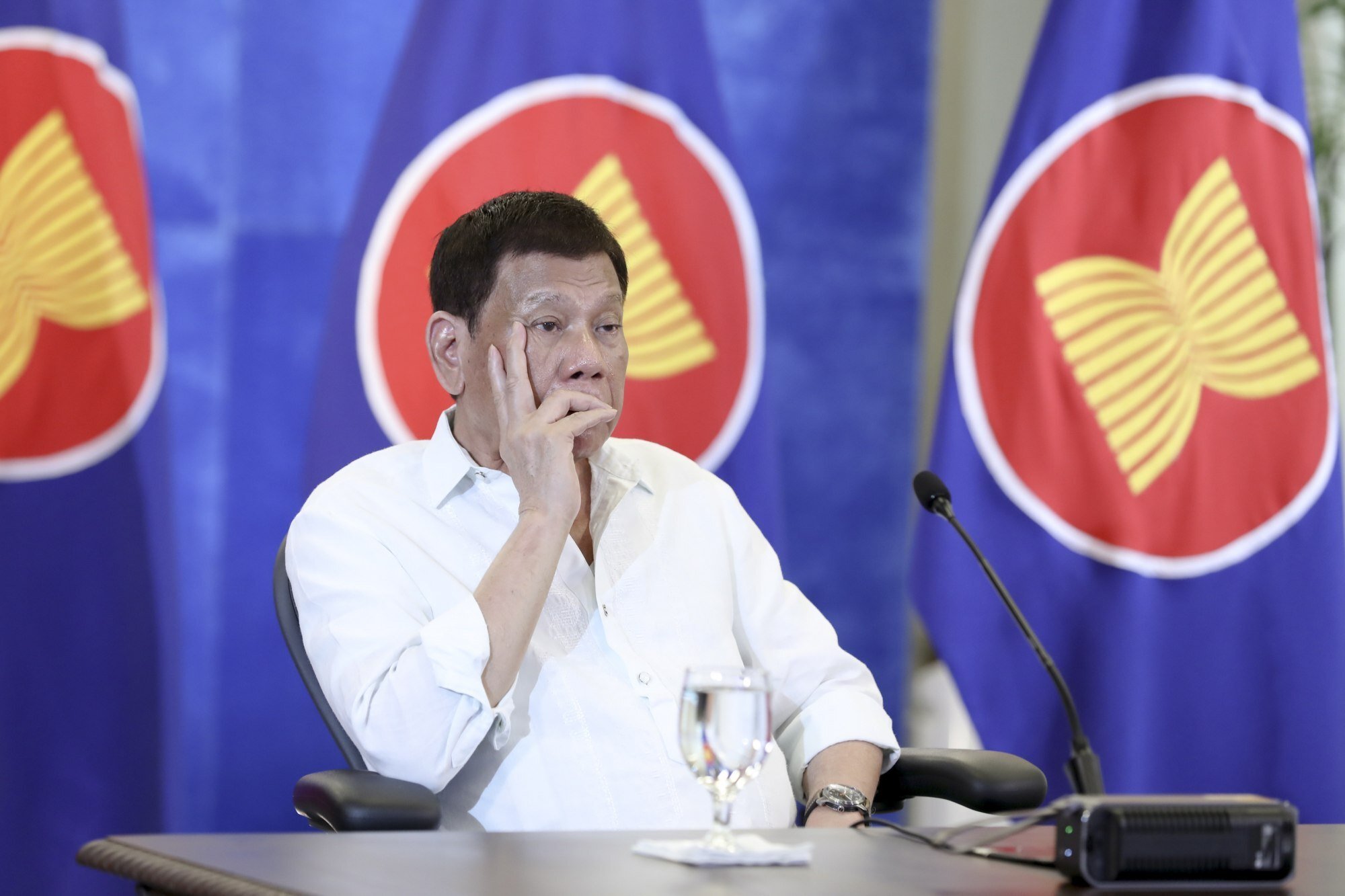
How China’s belt and road is connecting Southeast Asia, political wariness aside
- The newly-opened Laos-China railway is just one page in Beijing’s growing portfolio of infrastructure projects in the region. Notwithstanding the challenges, China’s gambit is paying dividends in the form of contracts and clout
The newly-opened Laotian railway runs for 414km, connecting the capital Vientiane with Boten on the China-Laos border. Completed after five years’ work, it is a linchpin of deepening ties between the two one-party states.
The line runs across the border and ends in Kunming, the capital of China’s southwestern Yunnan province. Reducing transport costs by as much as 40 per cent compared to road travel, it will be a game changer for Laos, Southeast Asia’s lone landlocked country. Indicative of the high hopes attached to the new railway, its inauguration coincided with the 46th anniversary of the Lao People’s Democratic Republic.
But the Laotian railway is just one page in a growing portfolio of projects that will cement Beijing’s position in Southeast Asia when completed. In neighbouring Cambodia, the 190km Phnom Penh-Sihanoukville expressway, the country’s first, is expected to open next year after work began in 2020.
Unlike elsewhere, belt and road construction work in the two countries were largely spared from Covid-19 disruptions. Chinese companies are also busy building new airports in the Cambodian capital Phnom Penh and popular tourist city Siem Reap. Both projects began in 2020 and are due for turnover by 2023.
A similar high-speed rail connecting the Indonesian capital of Jakarta with the country’s fourth-largest city, Bandung, is due for completion late next year, while in neighbouring Malaysia, the 665km East Coast Rail Link, which began in 2017, is 25 per cent done and slated for completion by 2026. In the Philippines, work on the 71km Subic-Clark cargo railway funded by China will commence early next year, with target completion by 2024.

The Vientiane-Boten line, for instance, can build momentum for similar rail linkages in Thailand, Vietnam and Myanmar. Indeed, as regional countries slowly reopen for tourism and greater international trade, the need for such public works cannot be overstated.
So far, geography is still a key factor for getting projects off the ground; connectivity work between China and mainland Southeast Asian countries outpaces similar efforts with insular neighbours. Political relations between Beijing and host states, as well as affinity in governance systems, also play into the equation. This could account for faster progress in Cambodia and Laos.
Laos’ China-backed railway: hopes in Thailand, fears in Luang Prabang
Cost overruns, delays, corruption, and debt sustainability also complicate Chinese projects in the region. Land acquisition and the securing of necessary permits put a strain on the timeline. More so if legal disputes arise. Poor feasibility work and overly ambitious targets undermine viability, diminishing anticipated revenues for both contractors and host countries.
Renegotiation, especially of big-ticket undertakings, may also bleed out of the commercial realm and cause problems for bilateral relations. In addition, leadership change may scuttle projects, making political risk a key concern for Chinese builders.

Worries about potential Chinese access and control of strategic assets when sovereign debtors default also fuel unease. This makes civil society and local political opposition in regional countries critical of unsustainable debt and conditions attached to foreign-funded projects. All these variables present hurdles for Beijing as it tries to deepen its involvement in the region’s construction market.
Indeed, as Southeast Asia recovers from the pandemic, infrastructure spending is likely to pick up once again. Notwithstanding the challenges, China’s gambit is paying dividends, with growing contracts and consequent clout among countries taking part in its global connectivity programme.
Lucio Blanco Pitlo III is a research fellow at the Asia-Pacific Pathways to Progress Foundation, and lecturer at the Chinese Studies Programme at Ateneo de Manila University


